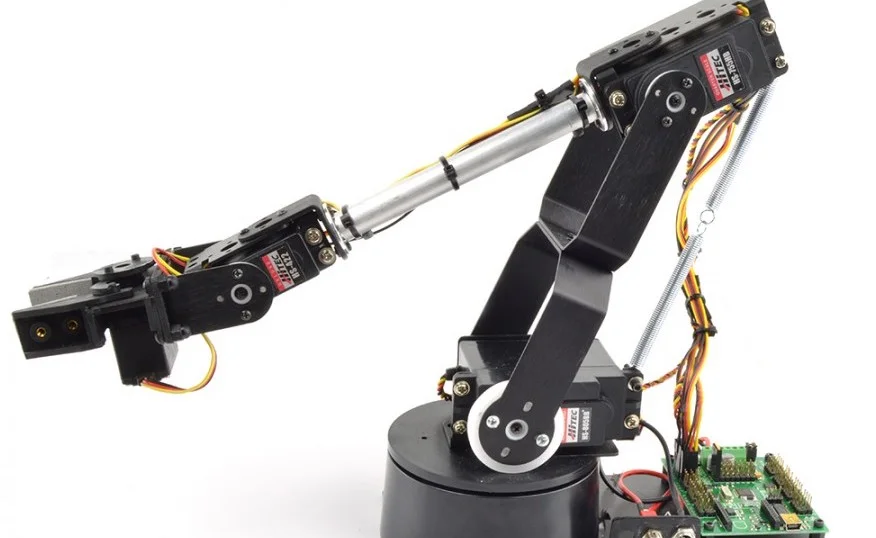What are the best materials for building a robot?
Robots can take many forms, and can be made with many different materials; from everyday materials, like cardboard, uncooked spaghetti noodles, and LEGO bricks, to super-sturdy, industrial-grade materials, like titanium and carbon fiber, our ability to create robots is usually constrained by the use case, not the materials, at hand!
Selecting materials to build things with, including robots, is a lot like choosing which clothes to wear: it depends on what activities are being performed, and in what environment.
Choose materials wisely
If you are planning on running a marathon in warm weather, you’ll want something lightweight and breathable. Similarly, if you want your robot to move fast, lightweight materials like aluminum, carbon fiber, and even bamboo might work, where materials like steel and concrete would weigh the robot down too much.
When it’s raining outside, you probably want to wear a waterproof raincoat. Likewise, if your robot might get wet, you would choose a material that doesn’t absorb moisture, or weaken and break when exposed to water.
Building for functionality
This process of thinking about what you want your robot to do, and what surroundings it will be living and working in is something scientists and engineers call “developing design requirements”. It sounds boring, but it’s really important and can be fun! You can develop your own Robot Design Requirements by asking yourself (or having someone else ask you) questions about the robot’s purpose.
The answers to these questions are your guidelines for making robot materials and component choices. The more specific your answers are, and the more questions you ask, the easier it will be to find the perfect material.
A robot made of gingerbread would be perfectly fine if one of your requirements is “the robot should be edible” and “it should taste delicious!” because gingerbread has a specification that it is sugary and sweet, but gingerbread would not be ideal if your robot was required to operate under water, since that material will become very soft and dissolve in water.
A flying robot would require lightweight materials that are either strong enough to resist damage or flexible enough to absorb forces during a crash landing.
Some additional details to consider when choosing robot materials:
- Weight: does your robot need to be portable? Do you need to be able to pick it up without the help of your friends?
- Movement: Is your robot like Wall-e, rolling around with wheels or tracks on the ground? Is it a fish-bot that swims in water? Or maybe it’s a flying bird-bot that floats in the air, like the Festo SmartBird!
- Flexibility: Does your robot need to change its shape, squeeze through tight spaces, or flex? Your robot might need to be a soft-bot, like Harvard University's soft-bodied robots!
- Price: Not all robots are made of fancy and expensive materials. If your robot budget is small, there’s a very good chance you can still build a robot using items already around your house for free! LEGO bricks are a great robot building block, and there are even cardboard robots!
What other requirements can you think of for your robot, and what materials do you think would work best?



